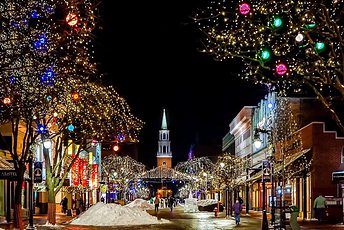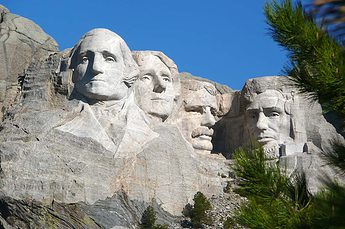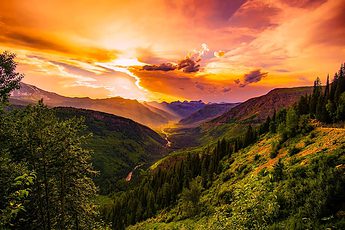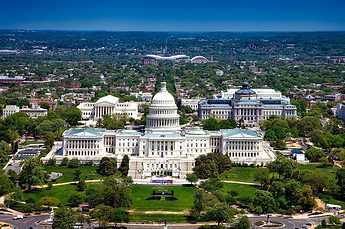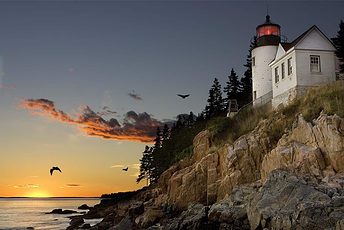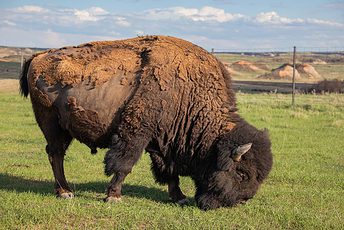Spring settles differently in Connecticut. The dogwoods are blooming along back roads, the Sound's cold chop gives way to calmer tides, and people start marking calendars for open-air festivals, ferry rides, and afternoon hikes.
It's not a state that demands attention, but if you know where to look, it has a well-paced rhythm.
And for anyone searching for things to do in Connecticut, the list is long, practical, and refreshingly varied.
You won't need to chase headlines or make a spectacle of your weekend. You just need to pick a direction.
Opportunities Across the State
The best way to approach things to do in Connecticut is by thinking in sections.
Along the shoreline, you'll find towns like Mystic and Stonington where 19th-century wharves still frame the streets - and seasonal ferry routes start running again by mid-May.
Inland, the northwest holds most of the state's forestland and trailheads, especially through Litchfield County.
That area stays quieter and cooler, even through July.
If you follow the I-91 corridor north from New Haven, you pass the bulk of Connecticut's art museums, theaters, and college-run cultural programs.
Yale's galleries and Hartford's performance halls both anchor that route.
Meanwhile, starting in late April, town fairs and heritage festivals begin posting schedules.
These events ramp up through the summer and often center around one historical product - tobacco, garlic, strawberries, or cider.
Crucially, the distances are short. New London to Torrington takes two hours, and Bridgeport to Middletown takes under ninety minutes.
Day trips are realistic, and you can shift from coastal light to wooded hillsides in a single afternoon.
That flexibility shapes how the state works, which is why the range of things to do in Connecticut stays steady year after year.
10 best places to visit in Connecticut for your next vacation
- Mohegan Sun
- Mystic Aquarium
- Lake Compounce
- The Maritime Aquarium at Norwalk
- Ocean Beach Park
- Connecticut's Beardsley Zoo
- Mystic Seaport Museum
- Quassy Amusement & Waterpark
- Gillette Castle State Park
- Connecticut Science Center
| Category | Representative Examples | Typical Season of Operation | Primary Visitor Interest | Location Concentration |
|---|---|---|---|---|
| Maritime & Industrial History | Mystic Seaport, USS Nautilus, Essex Steam Train | Year-round with seasonal peaks | Historical reconstruction, engineering | Coastal towns, river valley |
| Public Parks & Outdoor Access | Sleeping Giant Park, Gillette Castle, Bluff Point | Spring through Fall | Walking, views, light recreation | Statewide, especially inland |
| Local Manufacturing & Products | PEZ Visitor Center, Arethusa Farm, Tobacco Museum | Spring to Fall, some year-round | Craft, food production, local history | Scattered rural and town centers |
| Arts & Regional Theaters | Yale Rep Theatre, Hartford Stage, Bushnell Center | Academic year with summer breaks | Performance, education, original work | Urban centers (New Haven, Hartford) |
| Architectural & Design Sites | Glass House, Eli Whitney Museum, Beinecke Library | May to November | Architecture, design, engineering | Suburban and college towns |
| Seasonal Events & Festivals | Durham Fair, Litchfield Jazz Festival, Garlic Fest | Late Spring to Early Fall | Agriculture, local culture, music | Fairs and greens across towns |
| Preserved & Quiet Stops | Yale Art Gallery, Sharon Audubon, Wethersfield | Year-round, mostly weekdays | Art, nature, preserved architecture | New Haven, Litchfield, New London |
Maritime and Industrial History
For people interested in things to do in Connecticut that tie to work, invention, and trade, there's a long, visible record near the shore.
The Mystic Seaport Museum, operating year-round, keeps a reconstructed 19th-century village with live demonstrations, four historic ships, and active boat restoration yards.
It's Charles W. Morgan - the last wooden whaleship still afloat - launched in 1841 and remains docked on site.
Groton holds the Submarine Force Library and Museum.
It's run with support from the U.S. Navy and features the USS Nautilus, the first nuclear-powered submarine, launched in 1954.
Visitors can walk through part of the vessel.
In Essex, the steam train has been running heritage rides for decades.
Trains use restored Pullman cars and connect to riverboat tours on the Connecticut River. They typically operate from May through October.
These routes trace the valley's older cargo lines, originally built to haul goods to river ports.
New London's Union Station still serves Amtrak and local rail.
Built in 1889 by Henry Hobson Richardson, it has ongoing preservation work and stands within sight of ferries to Fishers Island and Block Island.
Down the coast, the Old Lighthouse Museum in Stonington dates to 1840.
It once marked a deep-water port used by sealers and whalers and now holds maritime navigation exhibits.
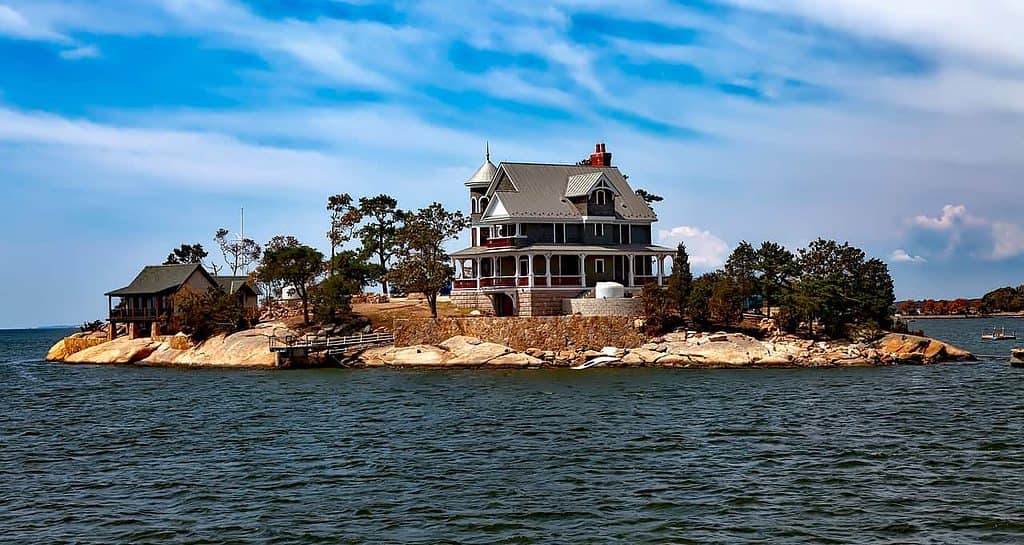
Public Parks and Outdoor Access
For people looking for open space and basic trails, the things to do in Connecticut lean heavily on its state parks system.
Sleeping Giant State Park in Hamden holds 30 miles of trails and a stone observation tower built by the Works Progress Administration in 1936.
The park reopened fully in 2020 after storm damage repairs and now sees steady weekend use through November.
Gillette Castle State Park, overlooking the Connecticut River in East Haddam, centers on a 1914 mansion built by William Gillette.
The interior is intact - with hidden stairways, custom locks, and carved furniture - and the grounds follow what used to be a private narrow-gauge railroad route.
Harkness Memorial State Park, near Waterford, keeps formal gardens from the early 20th century.
Its Eolia Mansion was completed in 1906 and is used now for events and walk-through tours.
From the eastern lawns, visitors get a clear view of Long Island Sound.
Bluff Point State Park in Groton covers 800 coastal acres with no through-traffic.
A gravel road leads out to a promontory. The trail loop runs about 3.6 miles.
Inland, Northwest Park in Windsor keeps over 470 acres open for hiking and cross-country skiing.
Its visitor center covers local wildlife and regional maple sugaring, with programming through March each year.
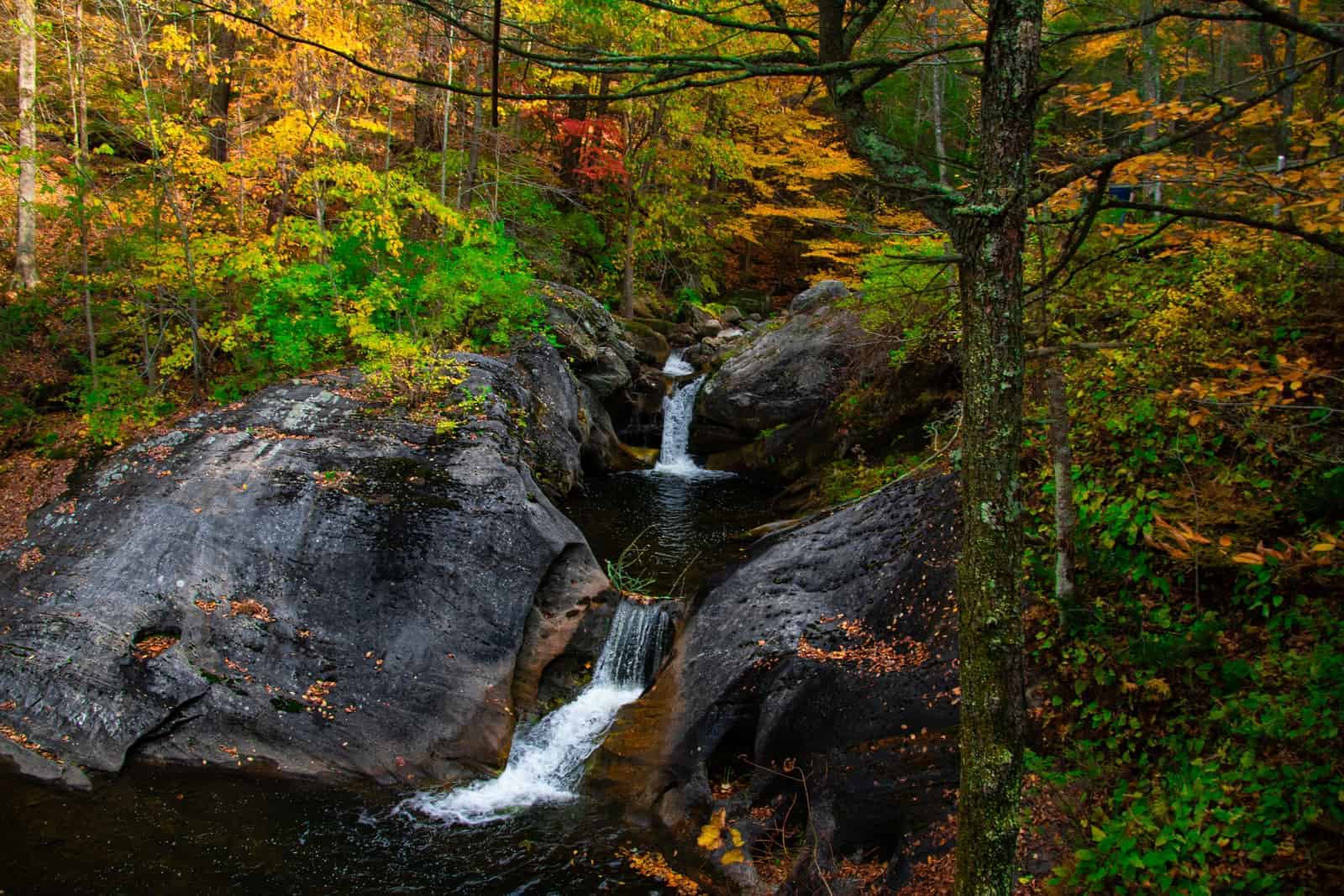
Local Manufacturing and Specialty Products
Things to do in Connecticut often center on what gets made there, or what used to.
The PEZ Visitor Center in Orange remains an active production site.
It includes packaging lines, a model timeline of dispenser styles, and archival materials on branding and export.
In New Haven, the city's industrial history runs through the Winchester Repeating Arms Company.
While the original factory buildings were converted in the early 2000s, the New Haven Museum holds a full exhibit on its production and military contracts, especially through the early 20th century.
Buttonwood Farm in Griswold plants 14 acres of sunflowers each July, typically blooming late in the month.
Sales of sunflower-themed goods fund local medical charities.
The farm also runs a creamery open through early fall.
Windsor holds the Connecticut Valley Tobacco Museum, adjacent to a preserved shade tent and drying barns.
The museum details the region's cigar wrapper leaf production, which peaked between 1910 and 1940 and shaped the area's agricultural labor structure.
In Bantam, Arethusa Farm operates a dairy and cheese house near its original barns.
Products are made on site and sold through a connected café and market.
The farm's herd and milking practices are visible from the road and documented in public signage.
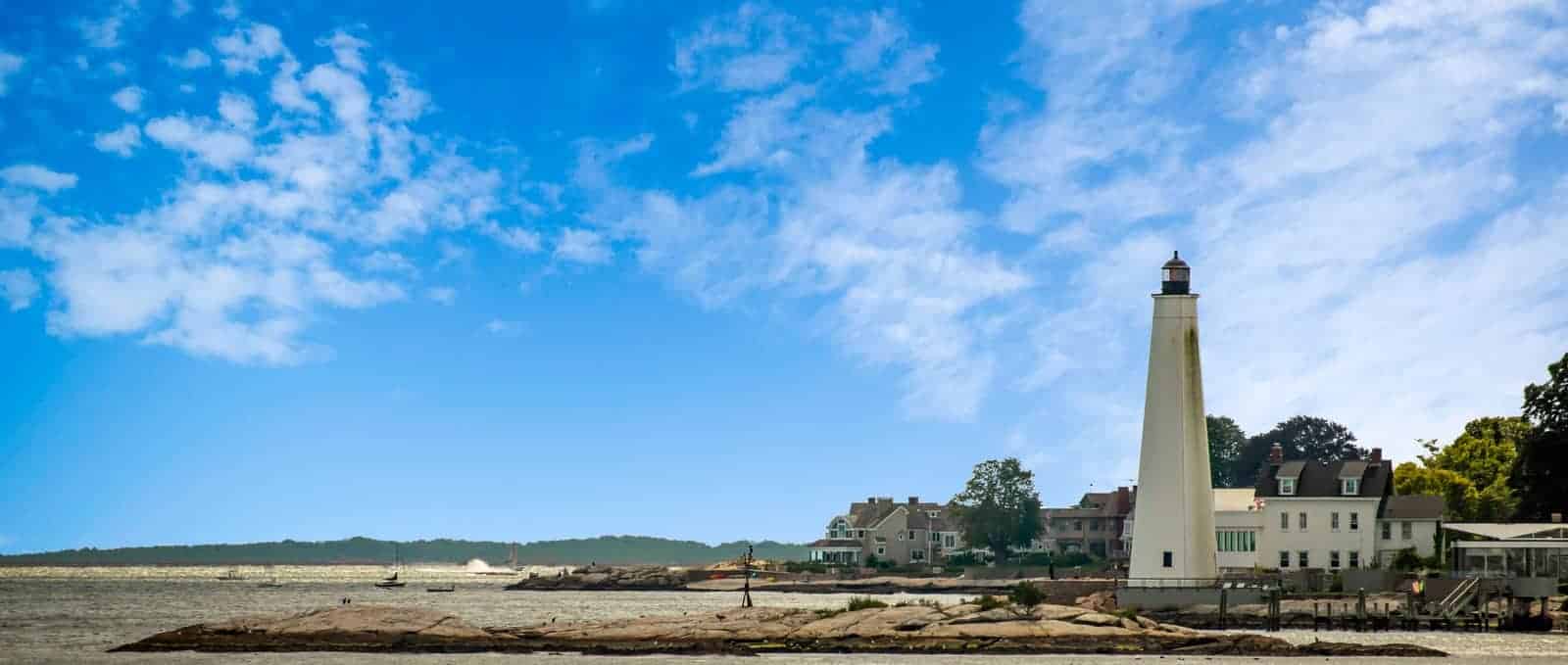
Independent Arts and Regional Theaters
For anyone tracking things to do in Connecticut tied to performance or gallery programs, most are rooted in established institutional support.
In New Haven, the Yale Repertory Theatre runs on an academic calendar with four to six productions each season.
Its building, the former Calvary Baptist Church, has hosted professional actors and new playwrights since 1966.
The Bushnell Center for the Performing Arts in Hartford books orchestral concerts, public speakers, and Broadway tour stops.
Its Mortensen Hall, opened in 1930, seats over 2,800 and has served as a regular venue for the Hartford Symphony Orchestra.
In Middletown, Wesleyan University's Center for the Arts uses multiple buildings, including galleries, recital halls, and experimental spaces.
Programming spans visual art, spoken word, and dance, with most events free to the public.
Hartford Stage operates out of a 480-seat house and has staged new works and revivals since 1963.
It's known for early productions of August Wilson's and A.R. Gurney's plays and continues to focus on new commissions.
Artspace in New Haven manages exhibitions, studio residencies, and open calls.
The gallery features rotation-based programming, with emphasis on early-career artists and topics rooted in New Haven's neighborhoods.
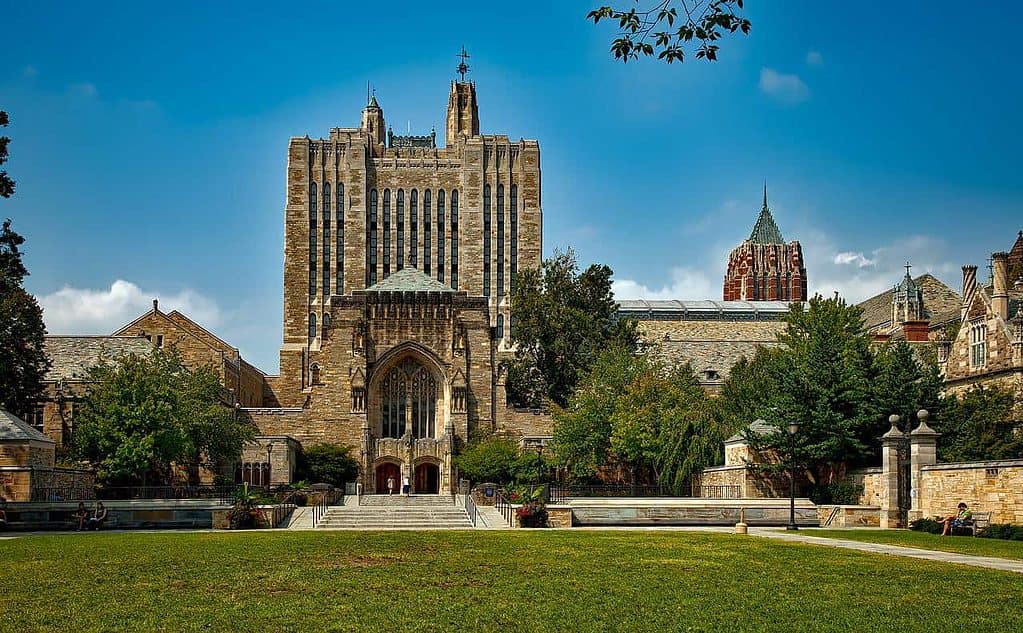
Places Built for Precision
There are things to do in Connecticut that center on detail - objects or buildings made with exact measures and clear planning.
The Beinecke Rare Book & Manuscript Library at Yale is an example.
Built in 1963, it uses translucent Vermont marble to filter natural light and holds early American documents and one of the few known Gutenberg Bibles.
In Bristol, the American Clock & Watch Museum holds over 5,500 items - mostly produced in Connecticut, once a national center for timepiece manufacturing.
Exhibits walk through mechanical types, trade tools, and marketing examples from the 19th and 20th centuries.
The Barker Character, Comic and Cartoon Museum in Cheshire keeps 80,000 pieces, focusing on licensed figures and media artifacts from 1873 forward.
Displays are dense and sorted by decade or brand line.
Philip Johnson's Glass House in New Canaan was completed in 1949 and remains structurally intact.
Tours are seasonal - May to November - and operated by the National Trust for Historic Preservation.
The grounds also hold several experimental buildings designed later in Johnson's career.
The Eli Whitney Museum in Hamden focuses on mechanical invention.
It offers hands-on exhibits and builds around themes like pulleys, cranks, and small motors.
Its programs run through school-year workshops and summer events.
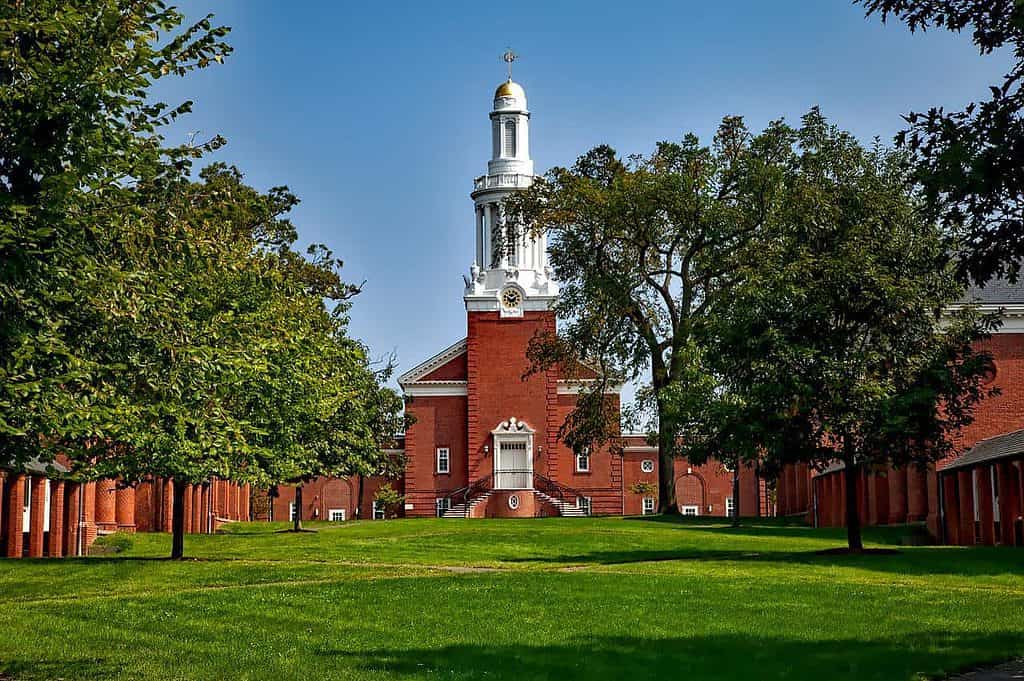
Annual Events and Season-Specific Schedules
For time-sensitive things to do in Connecticut, most follow fixed patterns.
The Durham Fair - operating since 1916 - runs September 25-28 in 2025.
Events cover tractor pulls, livestock judging, and home canning competitions.
It's one of the largest agricultural fairs in the state.
In Hartford, fireworks around July 4 are part of Riverfront Recapture programming.
Exact dates vary based on city budgeting but tend to draw thousands.
Events cluster near Mortensen Riverfront Plaza.
Bethlehem's Connecticut Garlic & Harvest Festival runs October 11-12 this year.
Vendors cover seed garlic, food carts, and music stages.
The event began in 2005 and continues as a seasonal regional draw.
The Litchfield Jazz Festival usually announces its full schedule by early May.
Past venues include the Goshen Fairgrounds and the Warner Theatre in Torrington.
Since 1996, it has focused on student musicians alongside national acts.
Peak foliage in inland Connecticut occurs in early to mid-October.
Litchfield and Windham counties turn first.
Coastal areas - like Old Saybrook or Branford - follow about one week later, depending on rainfall and night temperatures.
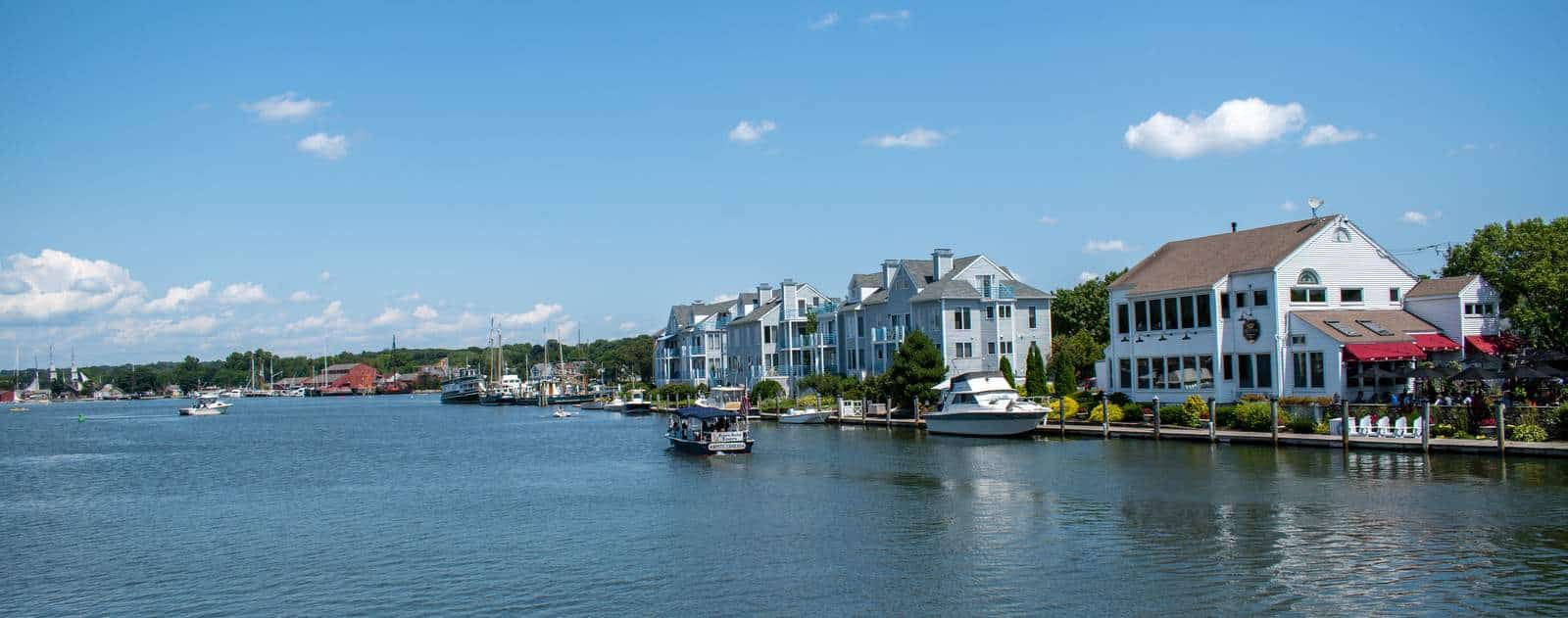
Quiet, Preserved, and Less-Noticed
Some of the more enduring things to do in Connecticut are also the least altered.
The Yale University Art Gallery, open to the public without charge, holds American, African, and Asian works with regularly rotated selections.
Its building - originally opened in 1953 - was renovated in 2012 to reconnect three wings.
In Wethersfield, more than 150 buildings predate 1850.
The historic district preserves colonial layouts, with brick sidewalks, fieldstone walls, and a central green.
Town archives note early town meeting houses, taverns, and merchant homes.
Sharon Audubon Center covers 1,140 acres and operates hiking trails, wildlife habitats, and an outdoor aviary for raptors.
Spring programs ramp up in April with guided walks and birding clinics.
The Florence Griswold Museum in Old Lyme documents the American Impressionist colony that met there from 1899 to 1937.
The boardinghouse remains furnished as it was during those years.
Outdoor painting sessions and riverfront walks resume in May.
New London's Connecticut College Arboretum, spanning 750 acres, is maintained with walking paths and native plantings.
Its collections include a coastal woods section, a wildflower garden, and a greenhouse, all of which are tied to undergraduate research.
FAQ: Things to Do in Connecticut
What is the number one attraction in Connecticut?
Mystic Seaport Museum holds that spot for good reason. It's not just a collection - it's a full working village with shipwrights on site, original buildings, and a whaleship that first launched in 1841. You walk through, not past, the history.
Why do tourists go to Connecticut?
Because it's easy to get around, rarely crowded, and built for slower pacing, some come for the shoreline towns. Others head straight inland for the hills and fairs. Most people find something that doesn't feel overproduced and stays open.
What is Connecticut most famous for?
Yale usually makes the headlines, but look closer, and it's the mix of early American politics, 19th-century manufacturing, and seafaring trade routes. All of it still leaves a mark on how the towns are shaped and what they hold onto.
How can I have fun in CT?
Start with a walk in a state park, then grab a lobster roll near the Sound. If you're up north, swing through a cider mill or stop at a local creamery. Want more structure? Check the fair schedule or a jazz night at a theater.
What is the prettiest place in Connecticut?
Litchfield County in October is hard to argue with. The hills, the tree lines, the old barns - it all tilts into that fall-postcard mode naturally. And the roads curve just enough to slow you down.
What is Connecticut best for?
Connecticut is built for people who like to move slowly but stay busy. Weekend drives, short hikes, old towns with hardware stores that still work the way they used to - Connecticut handles all that well. It's close-range travel that feels measured.
What food is CT famous for?
Hot lobster rolls - no mayo, just butter - have been a staple since the 1920s. But New Haven-style pizza, with its charred crust and coal oven bite, is what locals will argue over. That and who invented the hamburger... but that's another story.
🧭 Connecticut Trip Planning Resources
🗺️ Official Tourism & Travel Guides
- Visit Connecticut (CTVisit)
🌐 https://www.ctvisit.com
State-run tourism site with trip ideas, events, and lodging. - VisitConnecticut.com
🌐 https://www.visitconnecticut.com
Regional listings for hotels, dining, and attractions. - Connecticut Office of Tourism (CT.gov)
🌐 https://portal.ct.gov/About/Tourism
State information source with marketing initiatives and travel data.
🚗 Transportation & Road Trip Tools
- CT Travel Smart
🚘 https://www.cttravelsmart.org
Real-time traffic updates and road alerts for Connecticut drivers. - Way To Go, Connecticut
🚍 https://waytogoct.org
Regional travel resource with rideshare and transit planning tools. - Connecticut DOT Traveler Services
🛣️ https://portal.ct.gov/DOT
Information on rest areas, travel advisories, and public transport.
🌳 Outdoor Activities & Nature Trails
- Connecticut Forest & Park Association
🥾 https://www.ctwoodlands.org
Maintains over 800 miles of blue-blazed hiking trails statewide. - State Parks Directory
🌲 https://portal.ct.gov/DEEP/State-Parks
List of public parks, amenities, and seasonal access details.
🏛️ Museums & Historical Sites
- Mark Twain House & Museum
🖋️ https://marktwainhouse.org
Explore Samuel Clemens' home and literary exhibitions. - Connecticut Historical Society
📚 https://chs.org
Statewide artifacts and programs focused on Connecticut history. - Florence Griswold Museum
🎨 https://florencegriswoldmuseum.org
Art colony site and home of American Impressionism in Old Lyme.
📱 Social Media & Inspiration
- CTVisit on Instagram
📸 https://www.instagram.com/ctvisit
Photos, reels, and travel inspiration from across the state. - Visit Connecticut on Facebook
💬 https://www.facebook.com/VisitConnecticut
Community posts, trip tips, and seasonal event updates.
🍀



